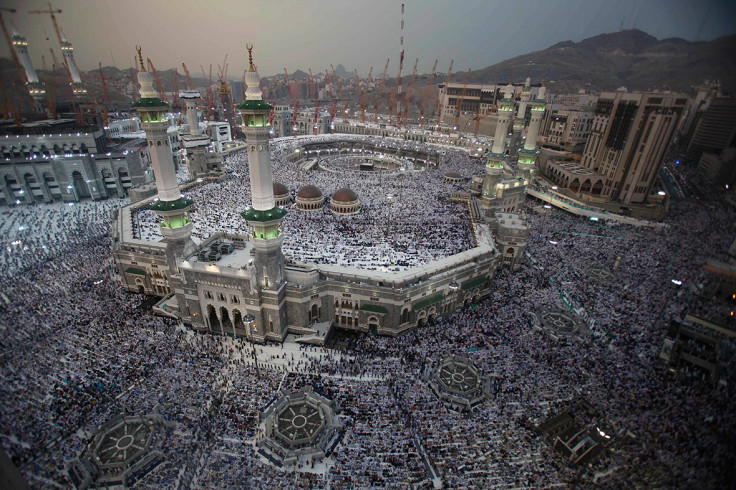Mecca crane collapse: Saudi Arabia says high winds caused tragedy that claimed 107 lives

The crane collapse at Mecca's Grand Mosque was caused by high winds, Saudi Arabia's civil defence directorate said on Saturday (12 September). At least 107 people were killed and more than 230 injured after the massive crane pierced through the roof of the mosque shortly after Friday evening prayers.
The tragedy that struck the holiest Muslim city during a violent thunderstorm is one of the deadliest incidents to have taken place at the site as devotees from all over the world prepare to commence the Hajj pilgrimage on 21 September.
Suleiman bin Abs dullah al-Amro, director general of civil defence, said that "the unusually powerful winds that toppled the crane also tore down trees and signs [hoardings]".
Denying initial reports that claimed lightning had brought down the crane, al-Amro said: "The speed of the wind was not normal... There was no way for people to know that the crane was about to collapse for them to scramble."
Meanwhile, video footage posted on social media showed the aftermath of the tragic incident, where numerous bodies were seen, buried under the concrete debris. However, authorities said the annual pilgrimage would go ahead as per schedule. An official was quoted as saying: "This year's Hajj would proceed despite the tragedy. It definitely will not affect the Hajj this season and the affected part will probably be fixed in a few days."
© Copyright IBTimes 2025. All rights reserved.





















